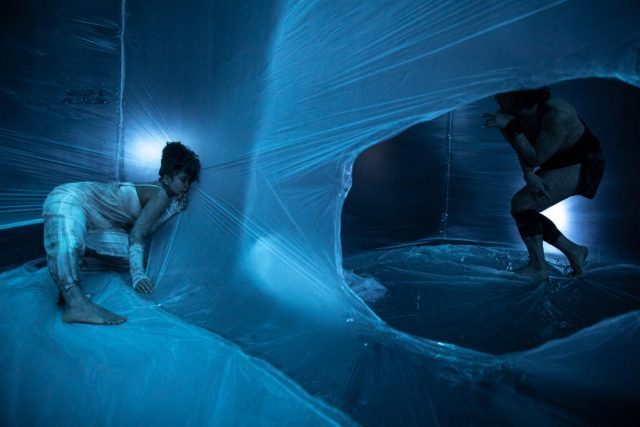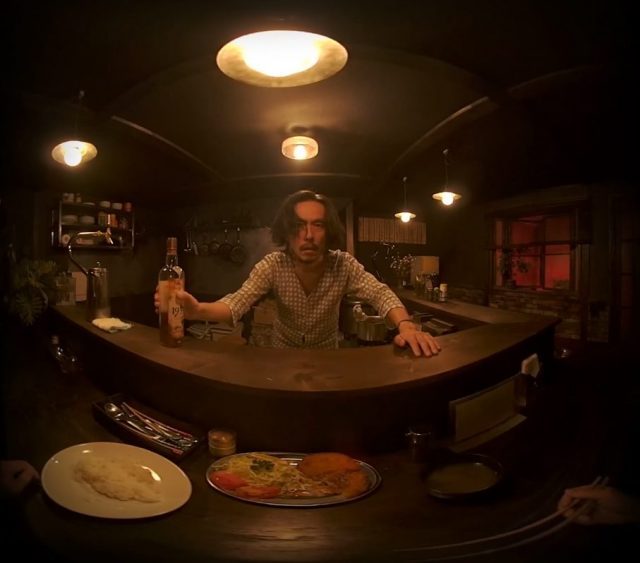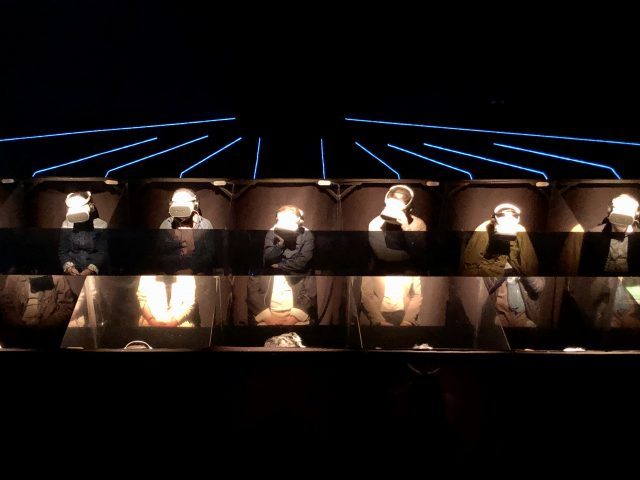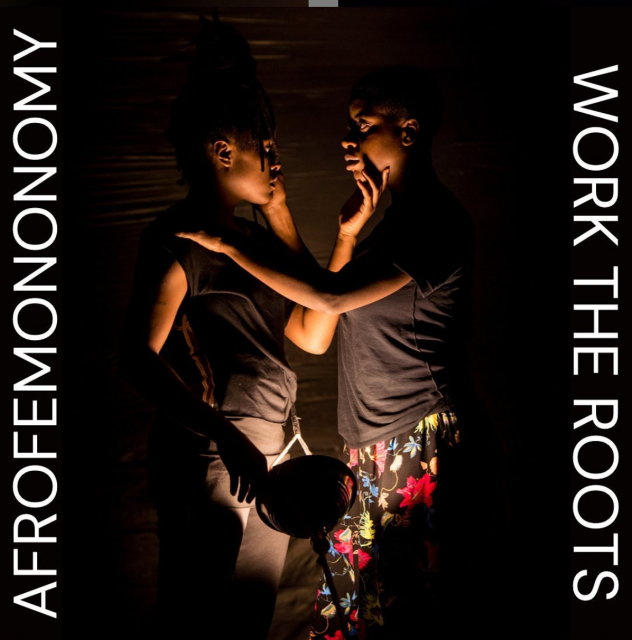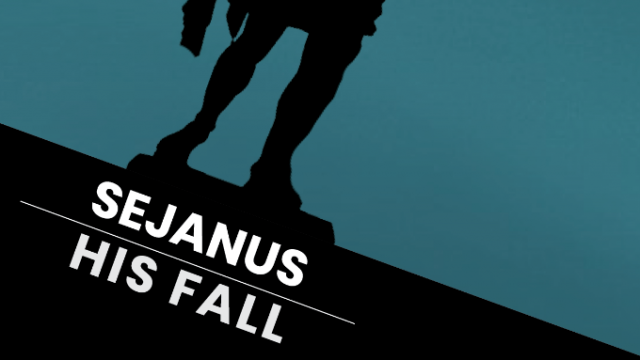
Who: Shirine Babb, Grantham Coleman, Keith David, Manoel Felciano, Denis O’Hare, Matthew Rauch, Laila Robins, Liv Rooth, Stephen Spinella, Emily Swallow, Raphael Nash Thompson, Tamara Tunie, James Udom, Nathan Winkelstein
What: Livestreamed benefit reading of Ben Jonson’s Sejanus, His Fall
Where: Red Bull Theater website and Facebook Live
When: Monday, May 17, free with RSVP (suggested donation $25), 7:30 (available on demand through May 21 at 7:00); live discussion May 20 at 7:30
Why: “To the no less Noble by VIRTUE than BLOOD, Esme Lord Aubigny. My Lord — If ever any Ruine were so great as to survive, I think this be one I send you, The Fall of SEJANUS. It is a Poem, that (if I well remember) in your Lordships sight suffered no less Violence from our People here, than the Subject of it did from the Rage of the People of Rome; but with a different Fate, as (I hope) Merit: For this hath out-liv’d their Malice, and begot it self a greater Favour than he lost, the Love of Good Men. Amongst whom, if I make Your Lordship the first it thanks, it is not without a just Confession of the Bond Your Benefits have, and ever shall hold upon me. Your Lordships most faithful Honourer, Ben Jonson.” So wrote English Renaissance playwright Ben Jonson in the dedication for his 1603 tragedy, Sejanus, His Fall, about Lucius Aelius Seianus, a confidant of Tiberius Caesar Augustus. On May 17 at 7:00, Red Bull Theater will present a live reading of the play, newly adapted and directed by associate artistic director Nathan Winkelstein and featuring Shirine Babb, Grantham Coleman, Keith David, Manoel Felciano, Denis O’Hare, Matthew Rauch, Laila Robins, Liv Rooth, Stephen Spinella, Emily Swallow, Raphael Nash Thompson, Tamara Tunie, and James Udom.
“Ben Jonson’s Sejanus is perhaps best known for being Jonson’s least known play,” Winkelstein said in a statement. “It was a colossal failure in its time and has received, to my knowledge, only two professional productions in the last one hundred years in England, and no such full productions in America — ever. At its core, Jonson’s play is a takedown of corrupt governance in sublime language surpassed only by Shakespeare – who, incidentally, is believed to have appeared in the original production. That resonance remains today. Why then is it so rarely taken up by theatermakers? Well, in my opinion, it’s intensely overwritten. My challenge has been to bring this resonance to the fore while eliminating the, apologies to Jonson, fluff. And over the course of the past four years, I’ve worked to craft a playing script that has constant forward momentum. I look forward to working with the crackerjack team to bring this adaptation to life.”
Admission is free with a suggested donation of $25; the stream will be available through May 21 at 7:00. In addition, Red Bull is hosting a live Bull Session on May 20 at 7:30 with Winkelstein, scholar Henry S. Turner, and members of the company. “The plays of Ben Jonson are naturally central to all our work at Red Bull, and — as we had to delay our in-person production of The Alchemist — this spring we’re excited to be presenting two plays by Ben Jonson live online — one of his greatest comedies and one of his most infamous tragedies — Volpone and Sejanus,” Red Bull founder and artistic director Jesse Berger said. “Both plays have wonderful characters, terrific language, and exciting plots with surprising twists and turns — in short, the best of the best of Jacobean theater — all in Jonson’s inimitable, sharp-witted style.” Volpone, or the Fox will be premiere June 14, starring André De Shields, Jordan Boatman, Sofia Cheyenne, Franchelle Stewart Dorn, Clifton Duncan, Amy Jo Jackson, Peter Francis James, Hamish Linklater, Roberta Maxwell, Sam Morales, Kristin Nielsen, and Mary Testa.
